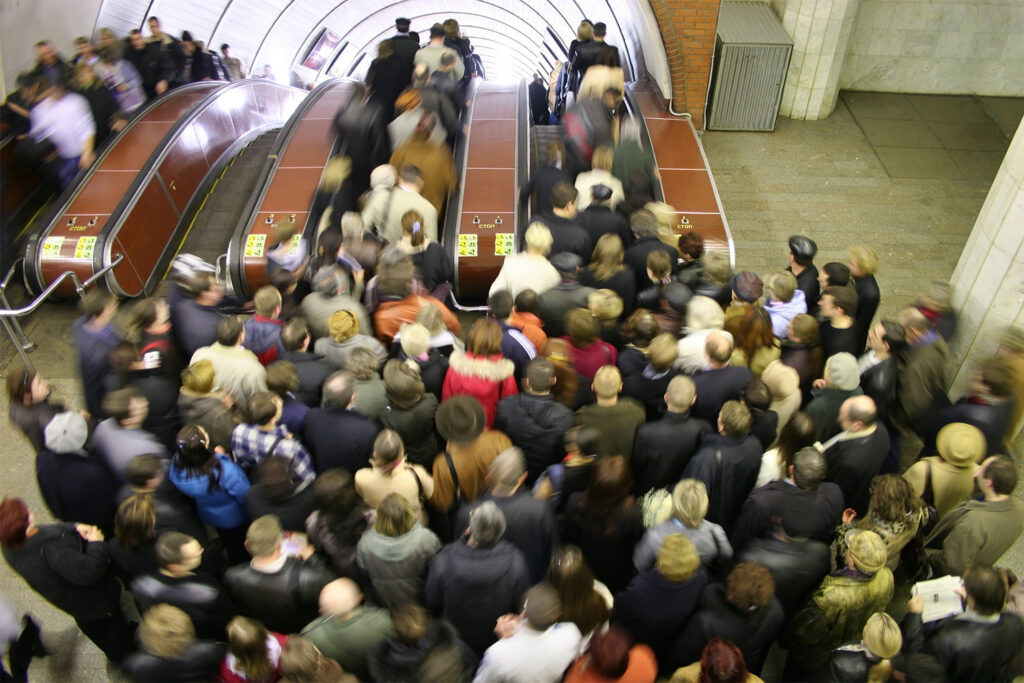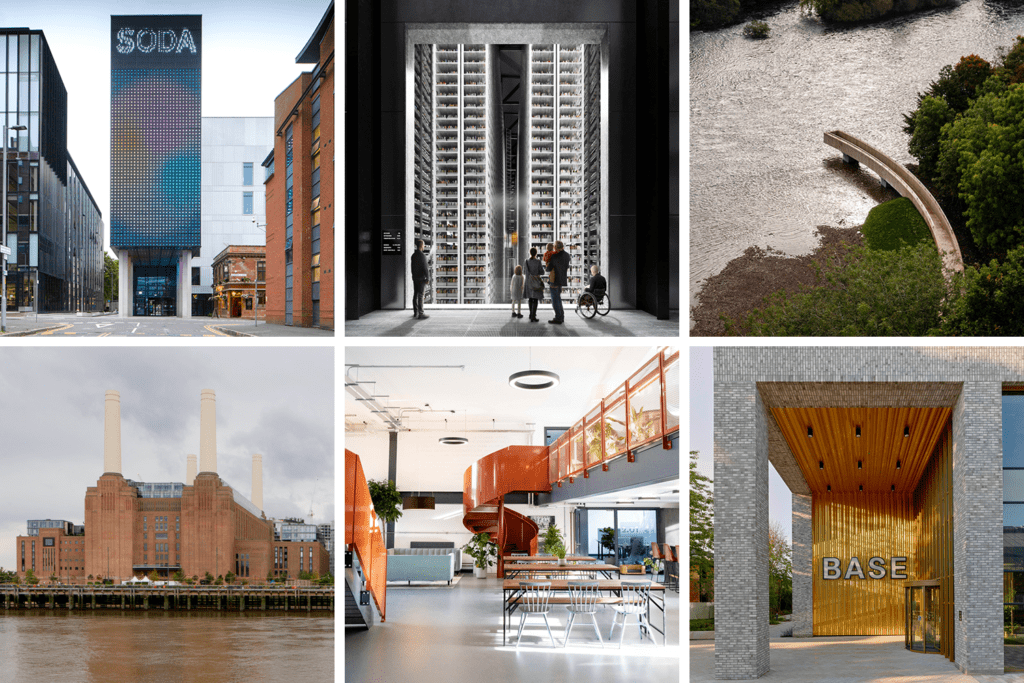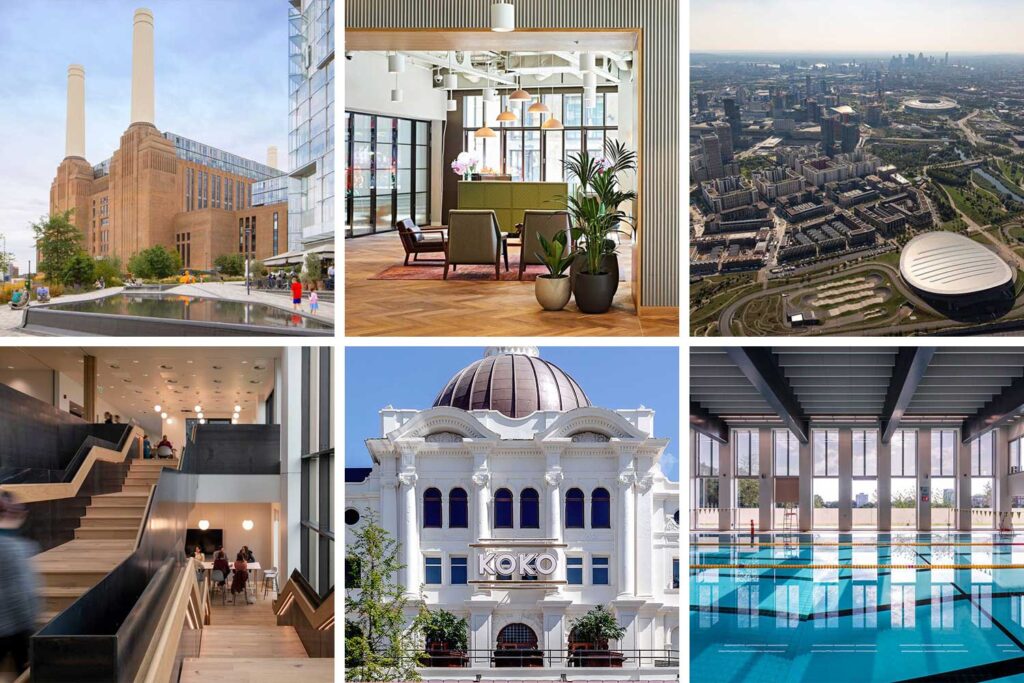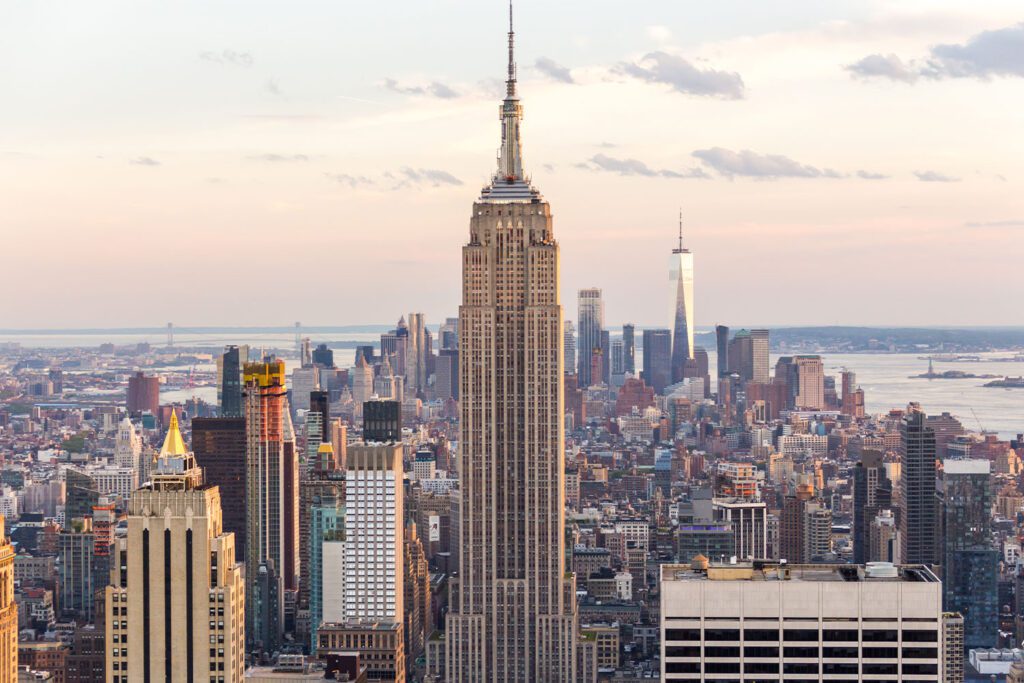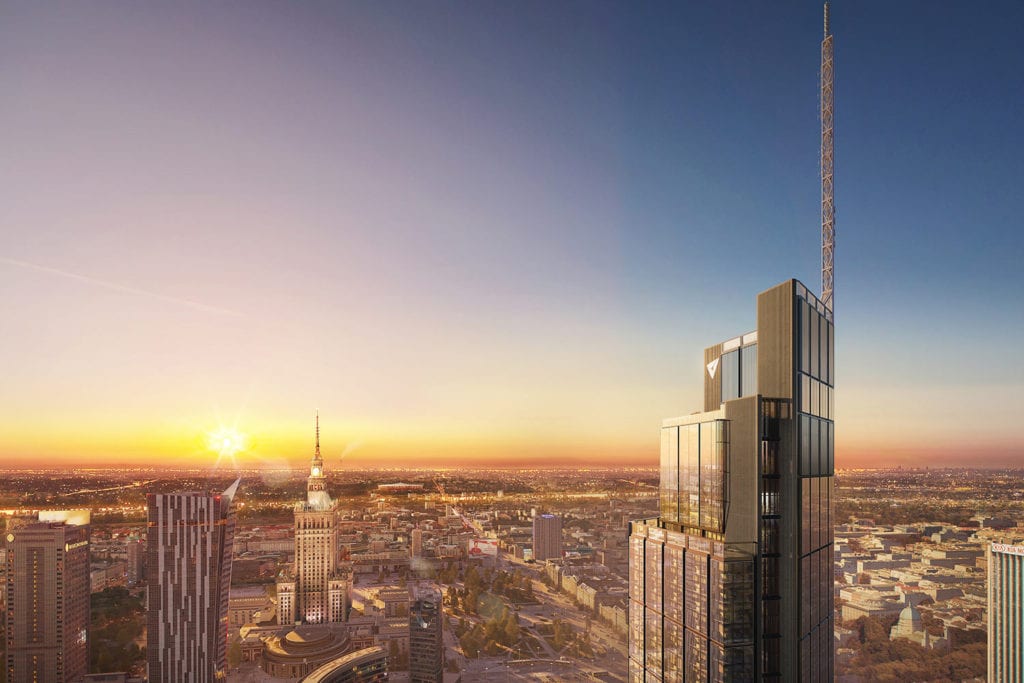Engineering for positive health, wellbeing and productivity outcomes
I recently spoke at the Vision 2018 event “The future of the built environment”, organised by Architecture Today as part of the London Festival of Architecture.
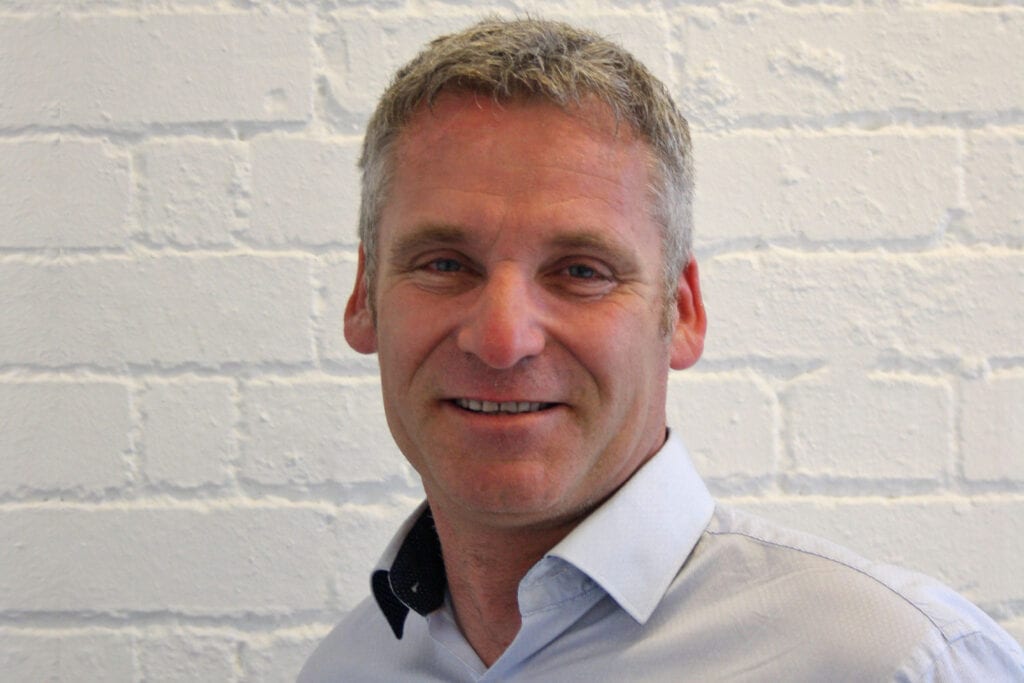
The event brought together architects and engineers to talk about various themes and question some of the big names in architecture, engineering and urban development.
My session – with Paul Monaghan of London-based architects Allford Hall Monaghan Morris (AHMM) – was about how we embed sustainability in commercial property generally. My own focus was on how we engineer and design for positive health, wellbeing and productivity outcomes. The business case for green buildings is now well understood – there have been several publications from the WGBC and others over the last few years making the case. The WELL Standard has already been adopted by several of the clients we work with.
Buro Happold’s pioneering work on wellbeing
Buro Happold has worked on some pioneering projects, including The High Line in New York and the Genzyme building in Boston, which have delivered exceptional wellbeing outcomes and driven economic performance. I was able to talk about these exciting projects, and the work our experts are doing to evolve Buro Happold’s wellbeing offering. We want to ensure that we focus on wellbeing outcomes right at the start of the design process, and work backwards blazing the strongest evidence trail.
These outcomes refer to what people experience and what they do on a day-to-day basis, and how the built environment can shape and support them. We know this is highly complex, and there are many factors in play. I spoke about our 4Es classification approach – elements, environment, experience and economics – which we use to bring some order to this.
The best outcomes can only be delivered when we link everything, think holistically, and combine different skillsets
Collaboration is key. The best outcomes can only be delivered when we link everything, think holistically, and combine different skillsets – architects, engineers and academics, as well as management consultants and social scientists. The challenge is, of course, in synthesising the available data and turning this into meaningful information that can used to actually make design decisions.
The analytics work of Buro Happold’s Smart Space Team
This is where the analytics work of our team is taking us – into a space and offering that I feel really differentiates us from our peers. The team is spearheading the use of computational engineering to harness data and embed it into models. These are used to develop prototypes, rapid optioneering and real-time exploration of different design decisions about factors such as massing, orientation and views. They are also used to consider how these factors influence noise and air quality. Using the evidence base, we can then link these to health and wellbeing outcomes, and ultimately financial performance.
Buro Happold is spearheading the use of computational engineering to harness data and embed it into models.
I was able to end with a reference to the computational work that we pioneered on SWFT and continued through our work on Aldgate East. I also talked about the exciting work we are doing with GE and Vodafone, enabling us to monitor and predict space utilisation. In time, this will allow us to understand the impact of the internal environment on the productivity of people in the workplace.

What did I learn at Vision 2018?
The conversation is shifting – from squeezing more in, to an expectation that the places and spaces we create will deliver transformative outcomes in happiness and wellbeing. Clients know this is possible and understand that they need it to happen. Our offering is unique. It focuses on outcomes, and uses evidence and computational engineering to enrich our collaboration. It is clearly exciting people, and I feel it has the opportunity to set the agenda for the next five to ten years.
